Ordering supermarket groceries through major delivery apps costs consumers considerably more than buying them online, research from Which? has found. But is that really a surprise?
The convenience of tapping on your phone and having bags of shopping at your door within half an hour is clearly going to come at a price. But many will be shocked at quite how high that price now is.
Which? compared 15 popular grocery items from a supermarket’s in-app selection versus its regular website.
Bananas are the most popular grocery item available on Deliveroo’s app, it says. A bunch of five Fairtrade bananas cost 85p at Sainsburys.com but were £1.75 on the apps. For Warburtons thick-sliced white bread it was £1 on Iceland’s website, but double that on Just Eat and Uber Eats.
“Ordering groceries from Deliveroo, Just Eat or Uber Eats is undeniably appealing, but the cost of this convenience could be double what you’d pay if you cut out the middleman,” said Which? retail expert Ele Clark.
The orders, by the way, were big enough to exclude delivery fees. Which would be another hit on the pocket for those ordering just a few items.
Supermarkets are furiously competing on price in stores and online, but that battle hasn’t come to the delivery platforms. Why not? And could it?
Their hesitance is understandable. The platforms charge a sizeable commission on orders, which retailers seek to recoup on per item prices that they set themselves.
But they have kept online and in-store prices alike for some time, despite the extra costs involved in fulfilling online orders, which are not fully covered by the delivery fee. Tesco even floated a fulfilment fee on suppliers to cover the margin hit.
It has probably been worthwhile. Consumers who shop with a retailer across multiple channels are “a valuable prize”, according to a US Bain & Co study. These ’prize’ punters also spend more (nearly double that of store-only shoppers) and spend a bigger proportion of their total grocery budget.
There is also the issue of data. A supermarket website visitor generates valuable data that can be used to the retailer’s advantage, and even more when loyalty schemes come into play. Through courier apps, some of that data must be shared with a potential competitor. For example, Deliveroo now has its own grocery delivery service with Hop.
But the delivery apps are for many, becoming the go-to place for ‘fast groceries’. “We do more [grocery] orders per week than Ocado Retail does,” Deliveroo CEO Will Shu told The Grocer in April.
Further, given their slick design, it’s incredibly easy to jump between stores within the apps to compare prices.
The channel is not completely devoid of competition. Which? found the Asda basket was 9% more across the apps than online, Sainsbury’s was 28% more across the board, while Iceland was 32% more on Uber Eats and 38% more on Just Eat.
Despite the business pain they cause, the food courier platforms could – and perhaps should – be places where it’s worth fighting for customers.




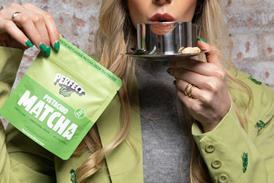





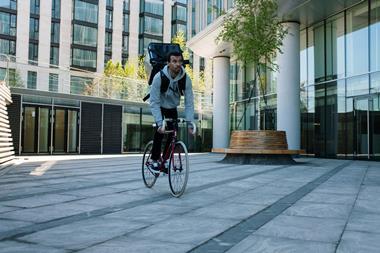

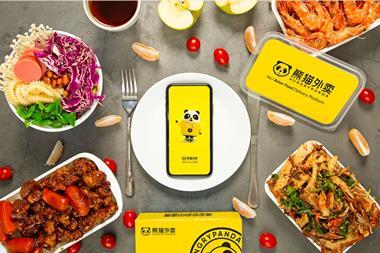
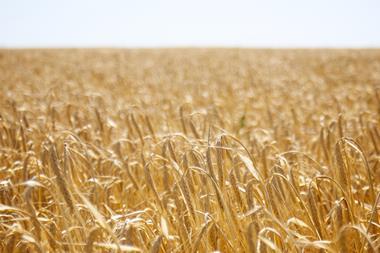





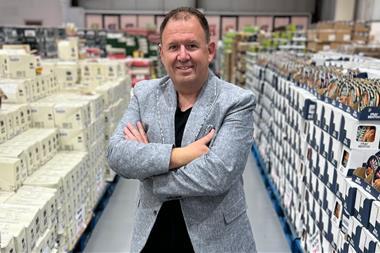
No comments yet